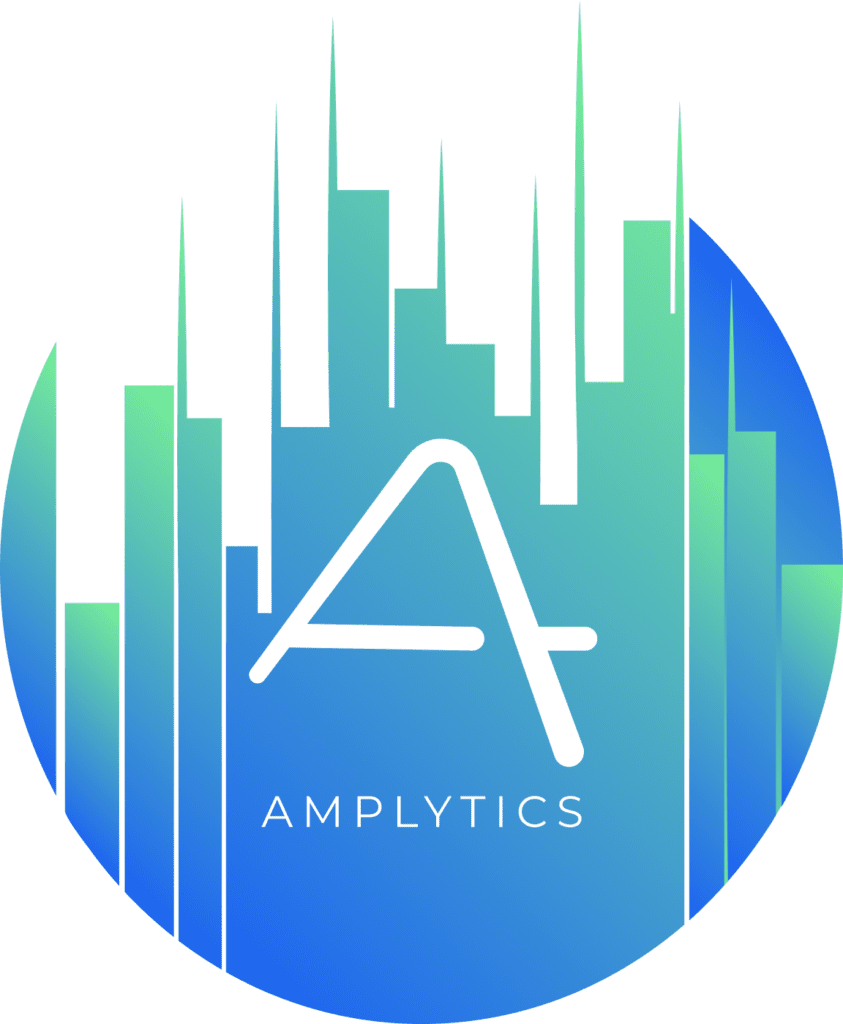Since its launch more than 20 years ago, LinkedIn has emerged as a premier social media platform for professionals and businesses. It offers a unique marketing opportunity, but only if you know how to create great LinkedIn ads. Consider some stats:
- LinkedIn has over 690 million members.
- 80% of B2B leads come from LinkedIn.
- LinkedIn generates 3x more conversions than Twitter and Facebook.
- LinkedIn Marketing Solutions has surpassed $5 billion in revenue.
- LinkedIn Marketing Solutions has surpassed $5 billion in revenue.
- 50% of users perceive brands that advertise on LinkedIn as being of higher quality.
There are many reasons why great LinkedIn ads should be part of your company’s marketing strategy. Among them are:
- Professional Audience Access: LinkedIn enables you to directly target professionals and decision-makers, making it an ideal platform for B2B marketing and networking.
- Superior Lead Generation: The platform is known for generating high-quality leads, given its professional user base that’s often in a business mindset, receptive to industry-related offers.
- Precise Targeting Features: Take advantage of LinkedIn’s detailed targeting options, allowing for personalized campaigns based on job titles, industries, and professional experience.
- Diverse Advertising Opportunities: Leverage a range of ad formats and engage with a content-driven audience through articles, videos, and thought leadership content.
- Comprehensive Analytics Tools: Utilize LinkedIn’s powerful analytics to better understand campaign performance and refine your marketing strategies for optimal results.
Of course, maximizing LinkedIn ad spend begins with an amazing ad. Crafting great LinkedIn ads requires crafting an engaging blend of carefully considered copywriting and visually compelling imagery, then continuously monitoring your campaign and making changes to maximize ROI. This guide will walk you through essential tips for creating the best b2b LinkedIn ads – campaigns that stand out while resonating with your target demographic, driving engagement and achieving your business objectives.
Master the Art of Copy for Great LinkedIn Ads
Writing copy for the best LinkedIn ad campaigns is both a science and an art. Every word (sometimes even every character!) counts. With the right approach, your words can turn the casual scroller into a valuable lead, harnessing LinkedIn’s potential to uncover the B2B connections you need to scale your business.
1. Define Your Ad’s Objective: Every effective ad starts with a clear goal. Are you looking to increase brand awareness, generate leads, or drive web traffic? Your objective will shape the copy, overall design, and approach of your ad. Understanding the purpose of your ad ensures that every element, from visuals to messaging, works cohesively towards your desired outcome. This clarity of purpose will guide you to an impactful ad that captures attention and achieves tangible results.
2. Tailor Messaging: Speak directly to your audience by understanding their needs and challenges. Use language that resonates with them, addressing their specific pain points. Create an Ideal Customer Profile (ICP), a detailed description of a hypothetical company or individual that would get the most value from your product or service. This profile encompasses various aspects such as industry, company size, job role, pain points, and business goals. By defining your ICP, you can tailor your messaging to speak directly to the core concerns and aspirations of your target audience. A message that feels personal and relevant is far more likely to engage and convert. When you align your messaging with your ICP, you ensure that your communication resonates deeply, fostering a stronger connection and driving better marketing results.
3. Articulate Your Value Proposition: When creating your ad, focus on the benefits your product or service offers, rather than just its features. This approach helps your target audience understand the real value of what you’re offering. Explain how your product or service alleviates their specific pain points, or how it enhances their professional or personal life. By shifting the focus from selling a product to providing a solution, you differentiate your product and provide a more compelling reason for your audience to engage and invest in what you offer.
4. Be Clear and Concise: Brevity is key. Your audience members share a common trait, regardless of their industry: they are busy. Your copy needs to respect this reality by being direct and to the point. Convey your message quickly and with precision. Every word in your ad should serve a purpose, delivering value and relevance. This approach captures attention quickly and demonstrates your respect for their time, which in itself can motivate viewers to engage with your content.
5. Conclude with a Compelling Call to Action (CTA): Effective ads culminate in a compelling call to action. A great CTA is the bridge between your ad and the action you want the audience to take. Whether it’s downloading a whitepaper, signing up for a webinar, or visiting a landing page, your CTA should inspire targets to take the next step.
Make a Visual Statement

On a platform where users make snap judgments, a striking visual can be the difference between a pass-by and a pause. Visual content on the best b2b LinkedIn ads does more than just complement the text; it communicates your brand story at a glance. Elevate your LinkedIn presence by crafting visuals that grab attention and the stage for your message to resonate.
6. Eye-Catching Imagery: Advertising is a visual medium and your choice of imagery is often what first draws the viewer’s eye. Any LinkedIn ads expert knows to opt for high-quality, relevant images that make a statement in the feeds of busy users. Employ bold colors, dynamic compositions, and distinctive visuals to ensure your ad not only captures attention but also leaves a lasting impression. Well-chosen imagery will reinforce your written message and enhance the impact of your ad.
7. Brand Image Alignment: Visual consistency is essential in reflecting your brand’s identity and core values. When your imagery aligns with your brand, it helps weave a cohesive narrative across your marketing efforts and contributes to a unified, recognizable brand presence. Choose visuals that embody your brand’s character and message. This visual consistency strengthens your brand’s impact and cultivates a loyal customer base, reinforcing your market position without relying on repetitive phrasing.
8. Informative and Engaging Graphics: LinkedIn is a platform for learning and professional development and the opportunities for creative advertising extend beyond a LinkedIn single image ad. Align your ads with the platform’s focus on professional growth and continuous learning by using carousel ads, infographics, or short videos to provide valuable insights or industry trends. This will position your brand as a thought leader and turn your ads into valuable resources.
Test and Refine
Crafting an ad that connects with your LinkedIn audience demands more than just intuition; it requires data-driven decisions. Iterations based on performance data is key, allowing you to refine and enhance your visuals and copy, ensuring they strike a chord with your target audience and deliver the desired results.
9. A/B Testing: By comparing two variants—whether in imagery or copy—you can discern precisely which elements captivate your audience and maximize the impact of your LinkedIn advertising efforts. For visuals, this could mean testing a professional headshot against a candid team photo, or a vibrant abstract design against a minimalist layout. When it comes to copy, it’s about evaluating which headline draws more attention, which call-to-action (CTA) prompts more clicks, or which value proposition truly speaks to your audience’s needs. This isn’t a one-off experiment but an ongoing campaign to refine your ads. Through A/B testing, you’ll gather insights into preferences and behaviors, allowing you to adapt not just for higher engagement, but for meaningful interactions that align with your campaign goals.
Measure and Analyze for Success
The true measure of the best LinkedIn ad campaigns can be found in their performance metrics. By monitoring and analyzing key data points, you can pinpoint exactly what drives success and where there’s room for improvement.
10. Performance Tracking and Analytics: Evaluate your campaign success by paying close attention to engagement and click-through rates. The insights you gain will highlight what resonates with your audience and help you identify areas needing improvement. Use this data to fine tune your approach, ensuring continuous optimization and effectiveness of your advertising efforts.
11. Iterative Improvement: Also known as split testing, A/B testing compares two variants of an ad to see which performs better with your audience. Show versions A and B to different audience segments and then analyze metrics to determine which elements resonate more with your audience. This process provides you with data-driven insights for continuous improvement. With an iterative process informed by the results of A/B testing, you can refine and enhance your ads over time. This ongoing adaptation will keep your advertising strategy aligned with the ever-evolving preferences of your target audience and improve your odds of success.
12. ROI and Conversion Tracking: Move your data analysis beyond surface-level engagement to drive actionable insights that directly correlate with your overall business success. Shift your focus beyond engagement and impressions to metrics such as conversions and return on investment (ROI). By understanding how your ads are directly contributing to key goals like sales, sign-ups, or lead generation, you can make more informed, strategic decisions in your future campaigns.
Creating great LinkedIn ads requires persuasive copy and striking visuals. By following the tips that we’ve laid out, you’ll craft ads that capture attention and drive meaningful engagement. Continuous monitoring with Amplytics is the next step.
Amplytics is a cutting-edge marketing software for campaign triage to help marketers quickly identify and explore campaigns that need the most attention. Amplytics also automatically monitors paid campaign metrics and sends convenient alerts when they rise above or fall below user-defined benchmarks. Triage and automated alerts when used in concert save marketers time and empower them to scale up their marketing efforts.
Partner with Amplytics to drive decisions with insight to help your company grow. Start your free trial today.


